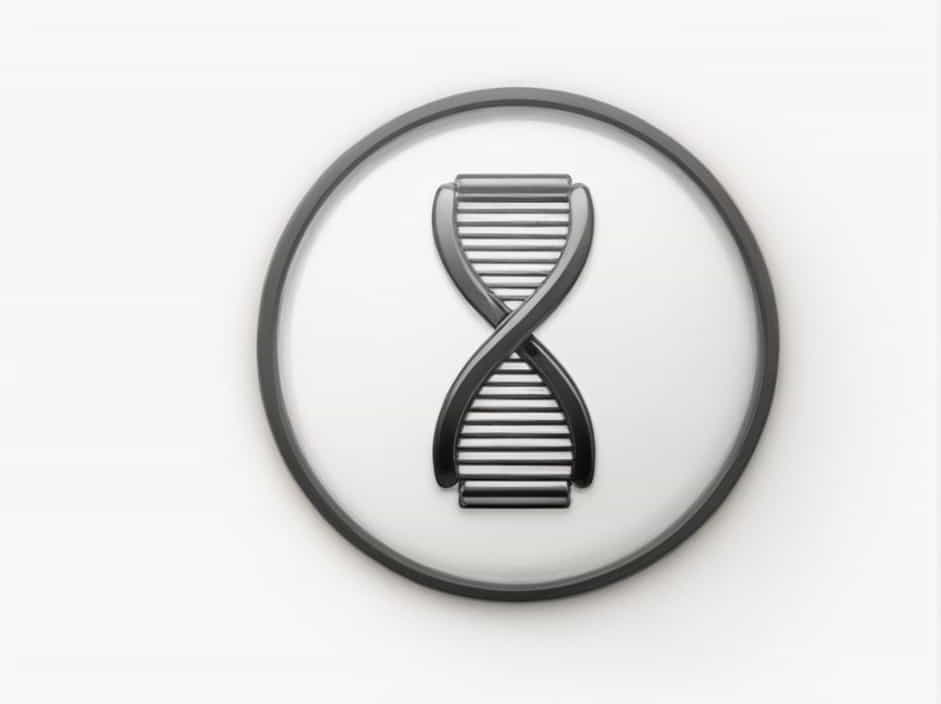The discovery of DNA’s structure by James Watson and Francis Crick in 1953 was a groundbreaking achievement in molecular biology. Their double-helix model of DNA explained how genetic information is stored, replicated, and transmitted across generations. This discovery laid the foundation for modern genetics, biotechnology, and medical research.
In this topic, we will explore the Watson and Crick model of DNA, its structure, key components, and its significance in the field of biology.
The Discovery of DNA’s Structure
Before Watson and Crick’s discovery, scientists knew that DNA played a role in inheritance, but its exact structure remained a mystery. Several researchers contributed to understanding DNA, including:
- Friedrich Miescher (1869): Discovered a substance in cell nuclei, later identified as DNA.
- Phoebus Levene (1920s): Identified the components of DNA (sugar, phosphate, and nitrogenous bases).
- Erwin Chargaff (1950s): Found that DNA had equal amounts of adenine and thymine, as well as cytosine and guanine.
- Rosalind Franklin & Maurice Wilkins: Used X-ray diffraction to capture images of DNA’s helical structure.
Watson and Crick combined this information and, in 1953, proposed the double-helix structure of DNA, which revolutionized molecular biology.
Key Features of the Watson and Crick Model of DNA
1. Double-Helix Structure
The Watson and Crick model describes DNA as a double helix, resembling a twisted ladder. The two strands of DNA wind around each other in a right-handed spiral, forming a stable structure.
- The two strands are anti-parallel, meaning they run in opposite directions.
- One strand runs 5′ to 3′, while the other runs 3′ to 5′.
- The helical shape allows DNA to store a vast amount of genetic information efficiently.
2. Nucleotide Composition
DNA is made up of nucleotides, which are the building blocks of genetic material. Each nucleotide consists of three components:
- A phosphate group – Links nucleotides together.
- A deoxyribose sugar – A five-carbon sugar forming the backbone of DNA.
- A nitrogenous base – Carries genetic information.
There are four nitrogenous bases in DNA:
- Adenine (A)
- Thymine (T)
- Cytosine (C)
- Guanine (G)
3. Base Pairing Rule
One of the most important aspects of the Watson and Crick model is the complementary base pairing rule:
- Adenine (A) pairs with Thymine (T) through two hydrogen bonds.
- Cytosine (C) pairs with Guanine (G) through three hydrogen bonds.
This specificity ensures that DNA replication is accurate and consistent.
4. Sugar-Phosphate Backbone
The backbone of DNA is made of alternating deoxyribose sugars and phosphate groups. These components are connected by phosphodiester bonds, providing structural support for the molecule.
5. Hydrogen Bonding for Stability
The nitrogenous bases are held together by hydrogen bonds, which:
- Maintain the double-helix structure.
- Allow DNA strands to separate easily during replication and transcription.
- Provide stability while ensuring flexibility.
DNA Replication and the Role of the Watson and Crick Model
One of the most important implications of the Watson and Crick model was its ability to explain DNA replication. They proposed a semi-conservative replication mechanism, meaning that:
- The two strands of DNA separate.
- Each strand serves as a template for the formation of a new complementary strand.
- Two identical DNA molecules are formed, each containing one original strand and one newly synthesized strand.
This process ensures that genetic information is passed down accurately from one generation to the next.
The Significance of the Watson and Crick Model
The double-helix model of DNA had profound effects on various scientific fields, including genetics, medicine, and biotechnology.
1. Advancements in Genetics
- Helped scientists understand how genes are inherited.
- Led to the discovery of mutations and genetic disorders.
- Paved the way for the Human Genome Project, which mapped all human genes.
2. Medical Applications
- Allowed for genetic testing to detect inherited diseases.
- Aided in the development of gene therapy to treat genetic disorders.
- Provided insights into cancer research, as mutations in DNA contribute to tumor growth.
3. Biotechnology and DNA Manipulation
- Led to the development of recombinant DNA technology, enabling scientists to insert genes into organisms.
- Played a key role in genetically modified organisms (GMOs) for agriculture.
- Helped in the creation of DNA fingerprinting, used in forensic science.
4. Evolutionary Biology
- Confirmed that all living organisms share a common genetic code.
- Provided evidence for evolutionary relationships among species.
Challenges and Modifications to the Model
While the Watson and Crick model remains fundamental, further research has revealed additional complexities in DNA structure and function. Some of these include:
1. DNA Supercoiling
In living cells, DNA is not always a simple double helix. Instead, it is often supercoiled to fit inside the nucleus, especially in bacteria and viruses.
2. Epigenetics and DNA Modification
Scientists discovered that DNA methylation and other chemical modifications influence gene expression without changing the DNA sequence itself. This led to the field of epigenetics, which studies how environmental factors affect gene activity.
3. Alternative DNA Structures
Besides the classic B-DNA (right-handed double helix), other DNA structures have been discovered:
- A-DNA: A more compact form found in dehydrated conditions.
- Z-DNA: A left-handed helix that plays a role in gene regulation.
These variations demonstrate that DNA is more dynamic than initially thought.
The Watson and Crick model of DNA revolutionized our understanding of genetics and molecular biology. Their double-helix structure provided the foundation for countless scientific advancements, from DNA replication and genetic inheritance to medical research and biotechnology.
Despite new discoveries and modifications to their model, the fundamental principles remain unchanged. The ability of DNA to store, replicate, and transmit genetic information is crucial for life as we know it.
As research continues, scientists uncover more about the complexities of DNA, further enhancing our knowledge of genetics, evolution, and medicine. The legacy of Watson and Crick’s discovery continues to shape the future of science and innovation.
